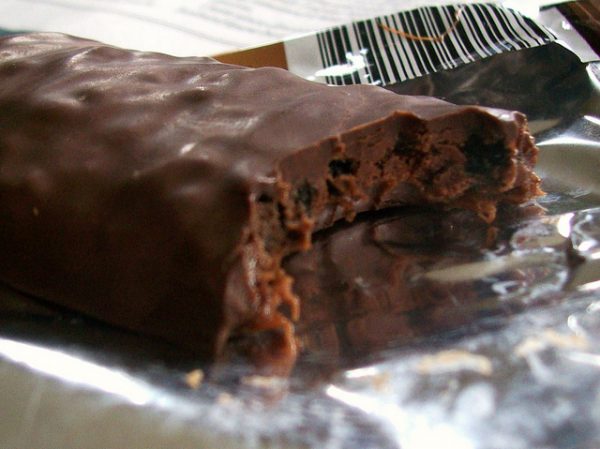
Photo credit: yummysmellsca via VisualHunt / CC BY-NC-ND
A reader recently asked me this question about protein bars.
Are those protein/energy bars really worth the calories? (Luna bars, Clif bars, etc.) They do fill me up, but sometimes I wonder if I shouldn’t just eat a Snickers bar. Thanks!
I turned to the Maine Academy of Nutrition and Dietetics for an expert answer. Here’s how registered dietitian/nutritionist Jenn Maynard responded.
Protein/energy bars were designed as a way for individuals to consume balanced nutrition in an easy-to-eat form —one can’t really say that about candy bars! But, although most protein/energy bars contain adequate protein, carbohydrates, vitamins and minerals that can help meet your daily nutritional needs, some of the bars out there aren’t all that different from a candy bar. It pays to read labels and choose wisely.
Because they can be quite high in calories, some protein/energy bars make a good meal replacement in a pinch. They can also be handy as a pre-workout snack — for example, when you’re heading to the gym after work and haven’t eaten since lunchtime.
If you’re just looking for a snack, say between breakfast and lunch, look for a bar that contains no more than 200 calories with at least 5-8 grams protein (the same guidelines apply if you are just looking for something a bit more healthful to swap into your diet in place of a candy bar.)
If you are looking for a meal replacement option, opt for a bar that contains 250-350 calories and at least 10 grams of protein. For meal replacement, consider pairing your bar with a piece of fruit or some raw veggies for extra fiber, extra nutrients and a nice, crunchy textural contrast.
Another tip: when shopping for a protein or energy bar, look for nuts, seeds and whole grains as main ingredients for a bar that is the least-processed. Check the ingredient list — those listed first are used in the greatest quantity by weight.
Do you have a question for Catching Health Q & A? Send me an email or use the comment box on the bottom of the page. Please, no personal questions.

Leave A Comment